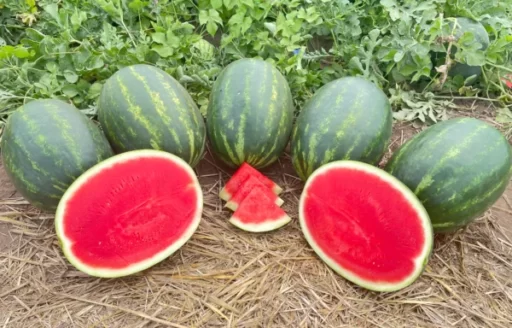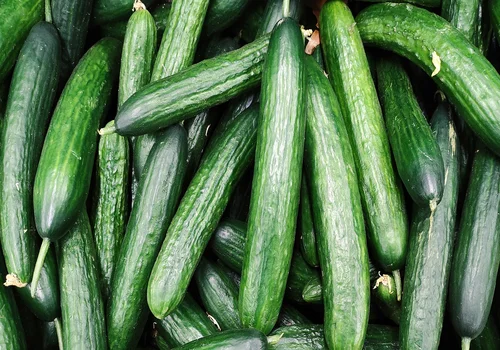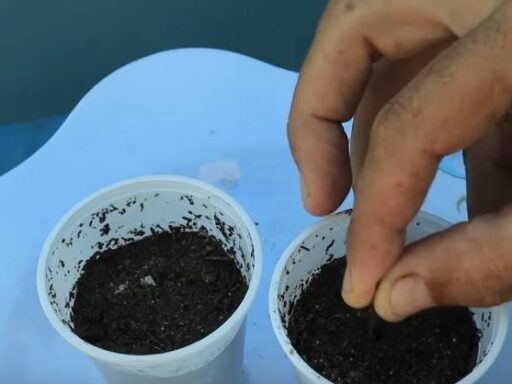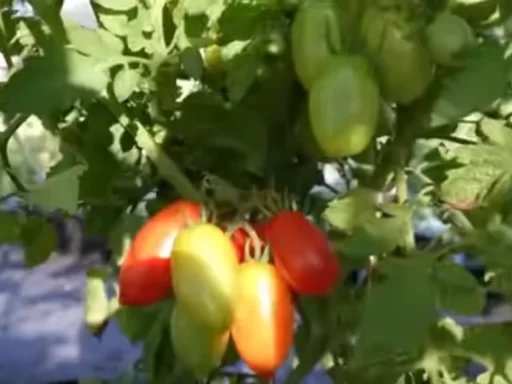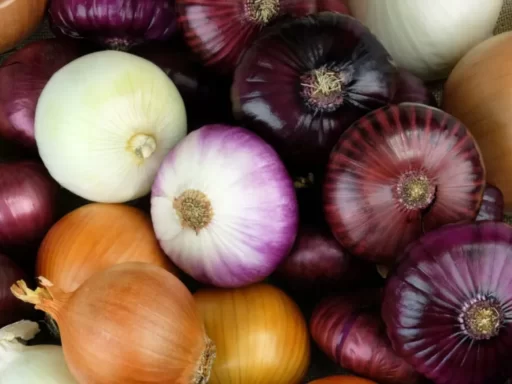Watermelon season is just around the corner, especially for gardeners in the southeastern coast of North Carolina. If you’re looking for the most effective way to grow large, healthy watermelons in your backyard garden, this guide will cover everything you need to know. After years of experimentation, trial, and error, we’ve found some incredible tips and methods that will not only ensure a successful harvest but also protect your crops from common pests and diseases. Let’s dive into how you can achieve the perfect watermelon crop in your own garden.
Growing Watermelon: The Early Years
When I first started growing watermelons five years ago, I tried a variety of techniques, and each year I learned something new. My initial attempt involved growing watermelon on a compost mound in a rental property. The vines sprawled over the grass, and while the use of space was efficient, pests from the lawn quickly overran the crop. It became clear that growing watermelon on grass was not a viable solution, and I needed to find another method.
In the second and third seasons, I moved to my new home and built a smaller garden. With limited space, I opted to grow watermelon in 20-gallon grow bags. I allowed the vines to sprawl over a weed barrier, which proved to be a game changer. The weed barrier created a microclimate that repelled pests and kept the vines safe from infestations. However, the downside was that watermelons grown in containers tend to be much smaller due to the restricted root space.
Growing Watermelon in Raised Beds
By the fourth year, my garden had expanded, and I decided to try growing watermelon in my raised bed garden. The results were mixed: while the watermelons grew larger due to the increased root space, the vines quickly overwhelmed the garden, leading to a pest invasion, especially from squash bugs. The raised beds provided fertile ground, but the lack of pest control made it difficult to achieve a successful harvest.
Returning to Containers and Weed Barriers
After the issues I faced with raised beds, I decided to return to what had worked best for me in the past—growing watermelon in containers and allowing the vines to spread over a weed barrier. This method had consistently provided the best results in terms of pest protection, even though the watermelons remained on the smaller side. The weed barrier created an environment where pests, such as insects, stayed away, likely due to the lack of organic matter for them to thrive in.
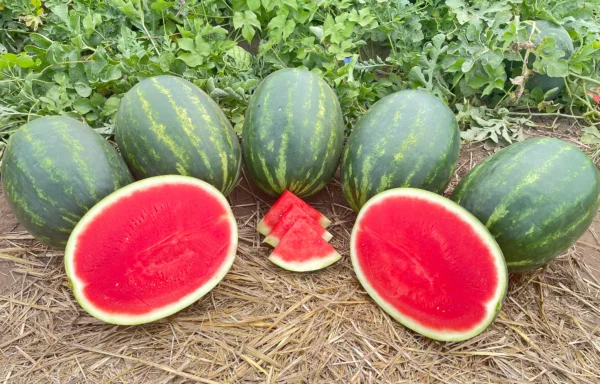
However, while the containers were pest-free, they had some limitations. Watermelons grown in containers suffer from stress due to limited water and nutrient availability. The bags can dry out quickly under the sun, causing damage to the vines. This led to the discovery of an alternative method, which completely transformed my watermelon-growing experience.
The Accidental Discovery
Last year, I had an extra watermelon plant that didn’t fit in my grow bags. Rather than waste it, I decided to plant it in the ground between my persimmon and fig trees, with low expectations. To my surprise, this watermelon plant outperformed all the others, growing into a massive vine with large fruits.
This discovery taught me a valuable lesson: planting watermelon directly in the ground allows the root system to expand and access a steady supply of water and nutrients from the soil. The plant didn’t suffer from temperature or moisture fluctuations like the ones in the containers. Moreover, the weed barrier continued to protect the vines from pests, ensuring that the watermelon plant remained disease-free and healthy.
The Ideal Environment for Growing Watermelon
Through years of trial and error, I’ve learned that the ideal environment for growing watermelon involves a combination of three factors:
- In-ground planting: Watermelon plants need a large, stable root system to grow big, healthy fruits. By planting them directly in the ground, you give the roots access to unlimited soil, moisture, and nutrients. This leads to larger watermelons compared to those grown in containers.
- Isolation from other garden plants: Watermelon vines can quickly take over your garden, crowding out other plants. For the best results, plant them in an isolated area of your yard where they can spread without interfering with other crops. In my case, planting them between fruit trees worked perfectly as the trees shaded the roots, keeping them cool while the vines stretched out into the sun.
- Use of weed barriers: A weed barrier helps create a pest-free environment. It repels bugs and insects, which tend to avoid crawling on the surface. Whether you use a weed barrier or a large tarp, this method helps ensure that your watermelon vines remain healthy and free from pests and diseases.
Three Key Tips for Watermelon Success
To sum up, here are my top three tips for growing the best watermelons in your backyard:
- Grow in-ground whenever possible: This allows the roots to access more resources, resulting in healthier plants and larger fruits. If you must use containers, opt for smaller varieties of watermelon that can thrive in limited space.
- Give your watermelon vines plenty of space: Isolate them in a corner of your garden where they won’t compete with other plants. Watermelon vines need room to sprawl, and crowding them with other crops can hinder their growth.
- Use a weed barrier or tarp: This simple addition helps keep pests at bay and creates a more controlled growing environment for your watermelon. Be mindful that it will kill any grass underneath, so place it strategically.
Hand Pollinating Watermelons
If you notice that your watermelon vines are producing small fruits but they aren’t developing, they may need hand pollination. Watermelons produce both male and female flowers, and pollination is essential for fruit growth. To hand-pollinate, you can use a Q-tip to transfer pollen from a male flower (which lacks a fruit) to a female flower (which has a small fruit attached). This process ensures that your watermelons will continue to develop and reach full size.
Frequently Asked Questions
- What is the best time to plant watermelon? The best time to plant watermelon is after the last frost in the spring when the soil has warmed to at least 70°F (21°C).
- Can watermelons grow in containers? Yes, watermelons can grow in containers, but they will be smaller due to the limited root space. Small-fruited or bush varieties are recommended for container gardening.
- How much space does a watermelon vine need? Watermelon vines need plenty of space to sprawl, typically 6-8 feet in each direction. It’s best to give them a dedicated area of your garden.
- Do watermelons need full sun? Yes, watermelons need at least 8 hours of direct sunlight per day to thrive.
- How can I protect my watermelon from pests? Using a weed barrier or tarp under your watermelon vines can help repel pests and create a more controlled environment.
- How long does it take for watermelons to grow? Most watermelon varieties take about 70-100 days from planting to harvest, depending on the variety and growing conditions.
- How do I know when my watermelon is ready to harvest? A watermelon is ready to harvest when the tendril closest to the fruit turns brown, and the underside of the watermelon turns a creamy yellow color.

